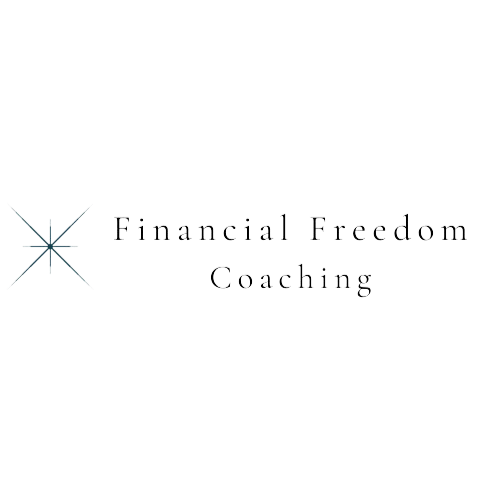What is Escrow?
May are familiar with the escrow process once a home is purchased. It is a legal arrangement in which a third party, or the financial institution that holds the home loan, holds money until a particular condition is met. (Such as the fulfilment of the loan being met.)
How does escrow work?
We will use a mortgage as an example; funds are collected as part of the monthly payment, it is put into a separate account called an escrow account. The fund are use to pay homeowners insurance and property taxes.
The lender or servicer will hold the funds in the account until the tax or insurance payments are due. The amount required in an escrow account can very as taxes and home owners insurance cost change. The lender or service provider will analyze your escrow account annually to make sure they are not collecting too much or too little.
If there is an overage you are issued a refund, if there is a shortage they may provide a couple of options, one being that you pay a one-time payment to bring the escrow account to the balance required, or they will adjust your monthly loan payment to make up the difference.
Why escrow taxes and insurance?
An escrow account automatically sets the money aside for the home owner and takes the pressure off of them to set aside money each month themselves. That way when the bill is due, they don’t have to come up with a lump sum to cover the taxes and insurance, it has been spread out through the year as part of the mortgage payment.
What is Self Escrow?
Just like the escrow account for a mortgage, self escrow is very similar. It is a separate account that each month a dollar amount is transferred to in order to cover the annual or semi-annual bills.
How to Self Escrow?
Start by making a list of all of your annual or semi-annual bills. Things such as: Auto insurance premiums, Home Owners Association fees, Auto property tax or license plate renewal, any annual subscriptions. I personally like to include in my self escrow things such as: car maintenance, gym membership, identification security, annual dental exams, annual eye exams and extra for contacts or glasses, and annual pet checkup.
Make a list of the amount of each item in your self escrow list.
Here is an example:
Auto Insurance – Semi-Annually $900
Auto insurance – Semi-Annually $900
Home Owners Association – Annually $600
Gym Memberships – Annually – $400
Identification Security – Annually $275
Annual Total: $3075
Divide the annual total by 12 months for the year, which in our example is $256.25per month.
Each month as part of your budget, set aside, transfer into a dedicated savings account $256.25 per month.
Something to keep in mind, just as in a mortgage, the cost of taxes and insurance change, the cost of items in our above example can change. It is important to review your self escrow account either semi-annually or annually at the minimum.
Why Self Escrow?
Having a self escrow account will take the financial pressure off when the semi-annual or annual bill comes due.
In our example we have Auto Insurance, when the auto insurance bill comes due, you will no longer have the stress and anxiety of having to come up with a lump sum of money to pay the bill. The money is already set aside in your escrow account. Now is the time to transfer the amount from your savings to your checking, pay the bill and you are done. No stress or anxiety over the bill.
This is also a good time to review that annual expense. Especially important If the premium has gone up make sure to update your annual expense amount and recalculate your monthly escrow amount. Do this to make sure you are keeping up with what needs to be set aside each month for those annual expenses.

